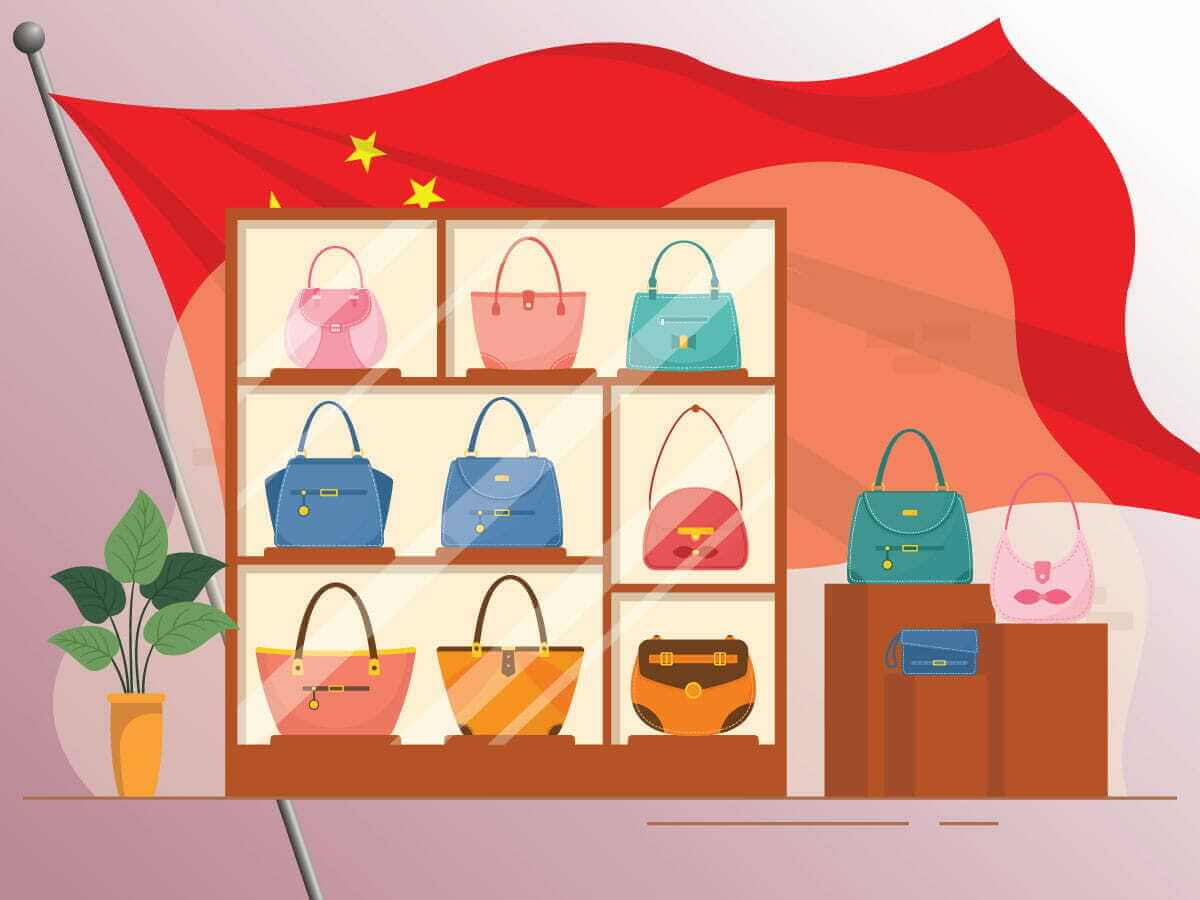
While handbags can be legally imported for resale, these accessories are often designed to closely resemble luxury brands, such as Gucci and Louis Vuitton. Importers must know how to distinguish between original designs, honestly-advertised reproductions, and counterfeits intended to convince customers they’re buying the real thing.
Key Takeaways:
In this article, we’ll explore the rules and regulations required to import purses and handbags into the U.S. This will include special attention to the possibilities of IPR violations, which are common with this particular commodity.
In 2023, U.S. importers brought over $2.4 billion worth of handbags into the country. Most of these items are classified under the six-digit HS code 420221, with the following five countries accounting for the most revenue in USD.

While China may not be the number one supplier of handbags to the United States, the Asian country warrants special mention due to issues such as trade relations, tariffs on many Chinese goods, and the increased potential for items to be seized by CBP due to IPR violations
General duties on imported handbags range from 5.3% to 20%. The exact percentage depends on the materials used in the item’s construction, such as leather or man-made fibers. However, Chinese handbags are subject to additional fees.
Related: Importing Leather Goods to USA: Raw Hides, Finished Leather, and More
Due to ongoing tense trade relations between the U.S. and China, the Trump administration began levying Section 301 tariffs against certain Chinese goods in 2018. Most handbags are included in this action, which means a tariff of 10% will be applied on top of the standard duties mentioned above.
The additional tariff rate on handbags doesn’t necessarily mean it’s illegal to import or re-sell these goods. However, importing bags that look like those manufactured by established, luxury brands can lead to severe consequences, and China has some notoriety as a source of counterfeit goods.
Related: A Guide to China’s Section 301 Tariffs (2024 Update).
Theoretically, you might be able to import clearly labeled replicas without any issue. However, the line between counterfeits and replicas has become blurry over the years. Deliberate counterfeits are always illegal to import.
There are some minor, but important, differences between these two types of duplicate products.
For the last several years, handbags and wallets have been the most-seized counterfeit products by U.S. border agents. Even items that don’t claim to be a legitimate brand can be classified as counterfeit by CBP agents if enough design elements are too close to a known brand’s registered intellectual property.
To drive home how serious CBP is about discouraging counterfeit imports, I’ve compiled a list of the five most commonly seized goods and their estimated MSRP in the table below.

CBP takes this action to enforce three key pieces of legislation related to IPR, which are:
Violators found guilty of trafficking counterfeit goods can face years in prison and millions of dollars in fines.
If you’re a prospective handbag importer, this means you should vet your suppliers and ensure their goods don’t resemble those of a competing brand too closely. Consider requesting samples of the goods you intend to sell. Compare the products to the catalogs of popular manufacturers, paying special attention to the use of trademarked logos and patterns.
Assuming your goods are free of IPR-related issues, you’ll find that handbags are still subject to a few other regulations.
Related: Importing Trademarked Goods: Overcoming IP Hurdles
The most important regulations regarding imported handbags involve how these goods are labeled. For instance, the Federal Trade Commission (FTC) mandates that leather goods of any kind must be labeled clearly with transparent, non-deceptive language.
Some examples of the required language are:
Handbags made of textiles such as silk, satin, and wool have similar requirements. They must have a label listing what fibers are used in the construction of the item.
No matter what materials are used in the handbag’s construction, the label must also contain general information, including:
Any imported goods that are inspected by CBP and found in violation of labeling requirements are subject to seizure and destruction. As an importer, you could find yourself on the receiving end of hefty fines and future scrutiny of incoming shipments.
There is no registration or approval process in place for most handbags. However, it’s worth mentioning that some different rules apply to bags intended for use by children 12 and under.
These rules are set forth by the Consumer Product Safety Commission (CPSC).
Related: CPSC Customs Hold: What it is, How to Resolve, and More
In order to protect children from potentially toxic concentrations of certain materials, children’s products must comply with regulations contained in the Consumer Product Safety Improvement Act (CPSIA) of 2008.
Chiefly, such products are required to undergo testing by a third-party certification laboratory. These labs must be approved by CPSC. Testing requirements will vary based on factors such as:
Products that pass inspection will be issued a Children’s Product Certificate (CPC). This marks the item as legal for sale within the United States.
Related: How to Import Toys From China While Staying in Compliance

Don't Take Chances. Ask Our Experts.
Our Customs Consultants Will Personally Guide You.
While some documents are only used when importing certain commodities, others are required on almost any import transaction. These include the following.
You will also need a customs bond to import handbags if your shipment is valued at $2,500 or more. If you’re importing handbags with intention to re-sell them stateside, you’ll probably exceed this value.
Related: What Documents Do I Need To Import and Export?
Handbags, wallets, and other personal effects are big business for U.S. importers. However, IPR violations are a serious risk with these commodities, and a little help will go a long way toward avoiding clearance problems at the port of entry.
The import experts at USA Customs Clearance can give you the help you need to import handbags without the risks of violating intellectual property laws. With our know-how on your side, you can import goods stress-free and focus on growing your business.
Our customs clearance services include:
Ready to get started importing handbags into the U.S.? Give us a call at (855) 912-0406 or fill out a contact form online. We’re here to help you out in a clutch.
 Copy URL to Clipboard
Copy URL to Clipboard

Google is changing how it surfaces content. Prioritize our high-quality guides and industry-leading coverage in search results by setting usacustomsclearance.com as a preferred source.
Add your first comment to this post